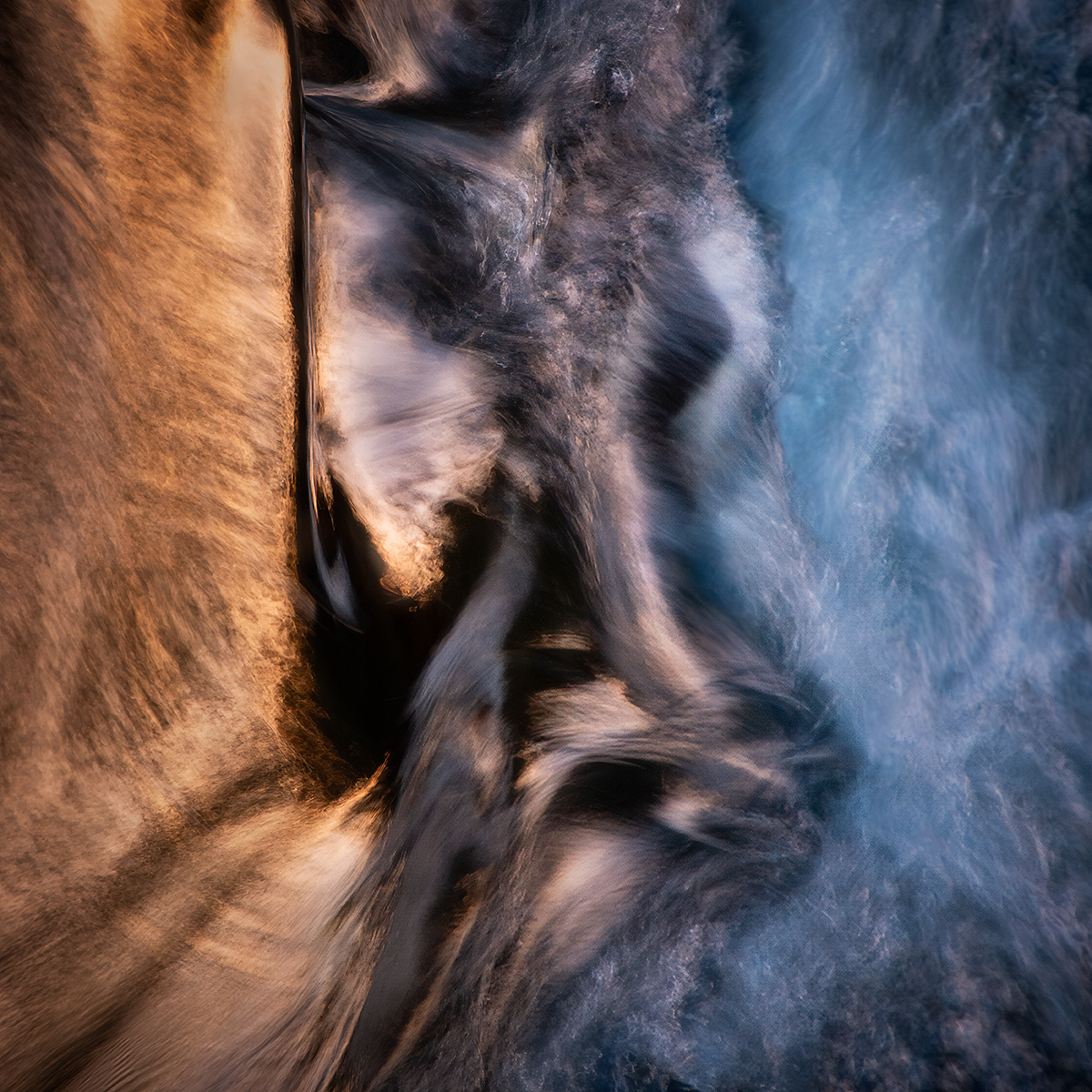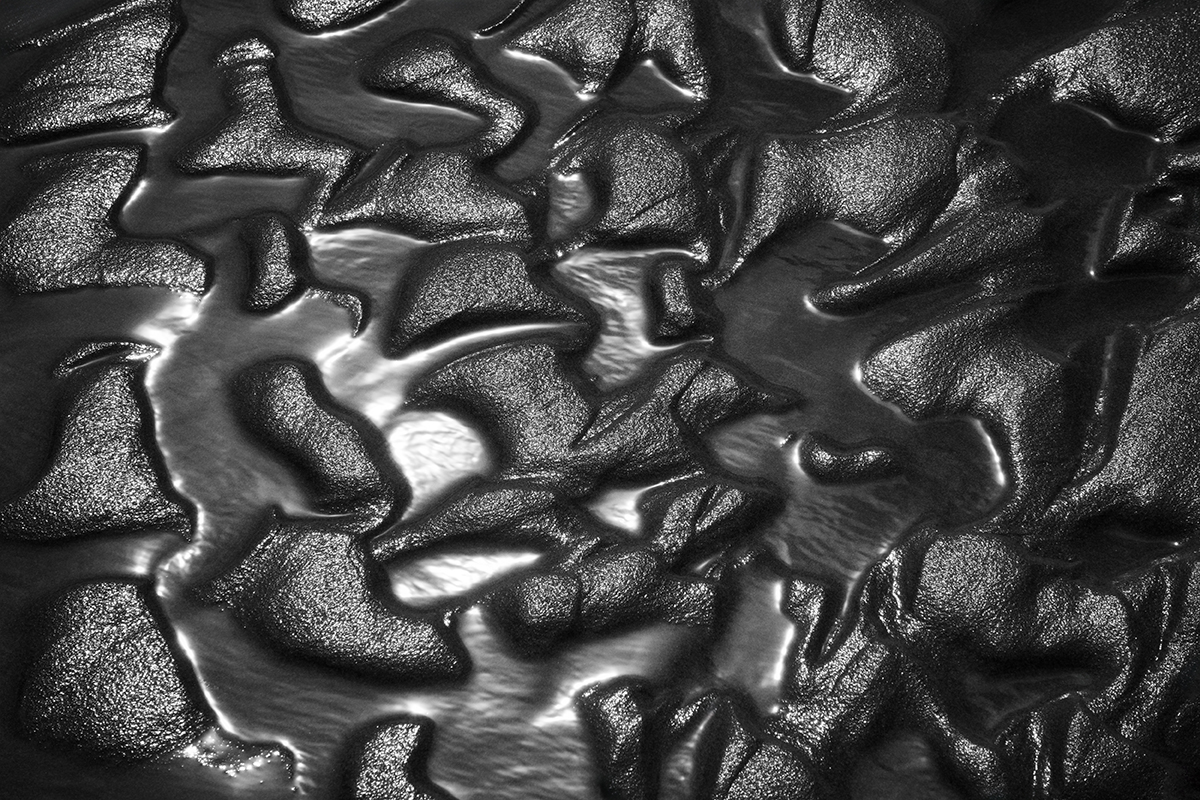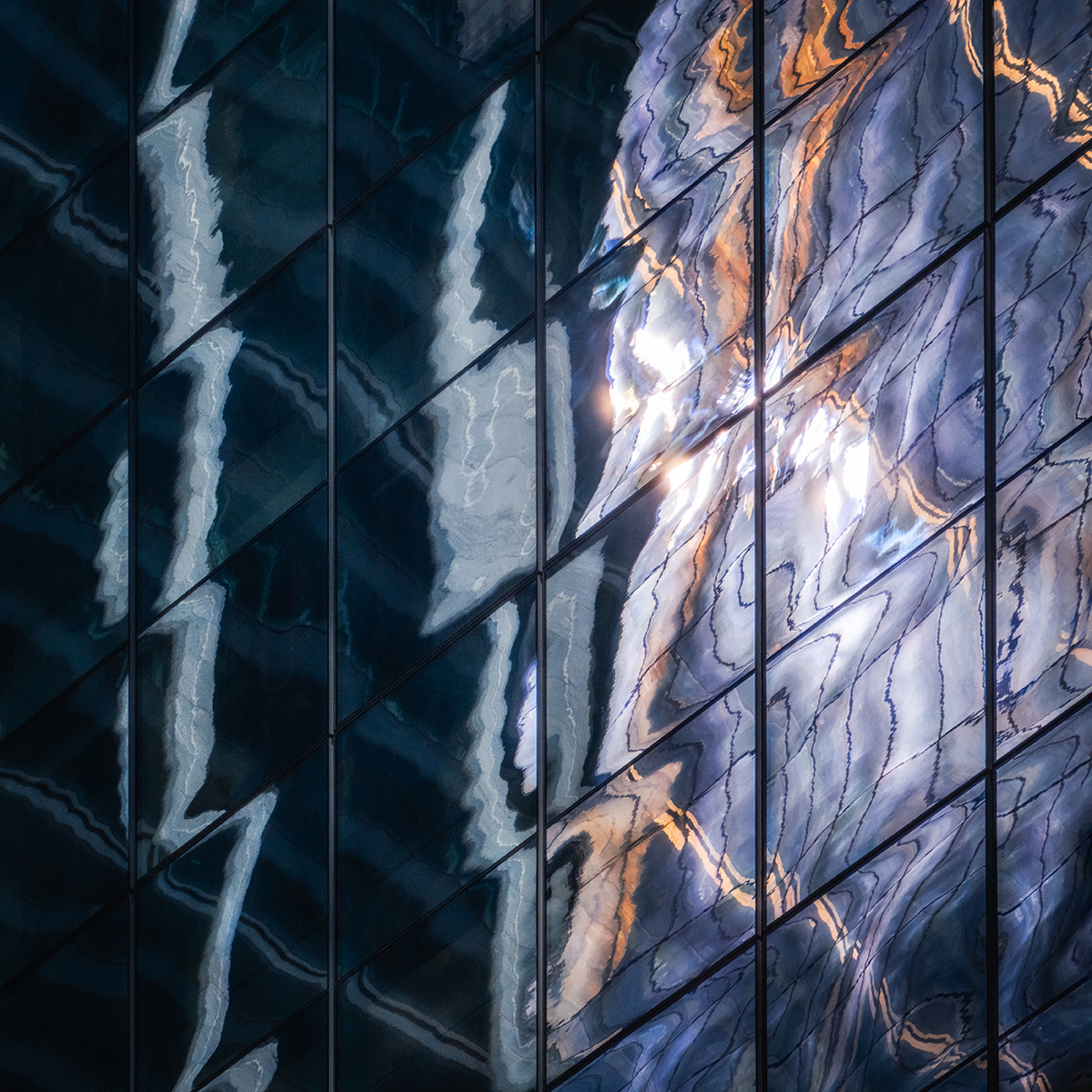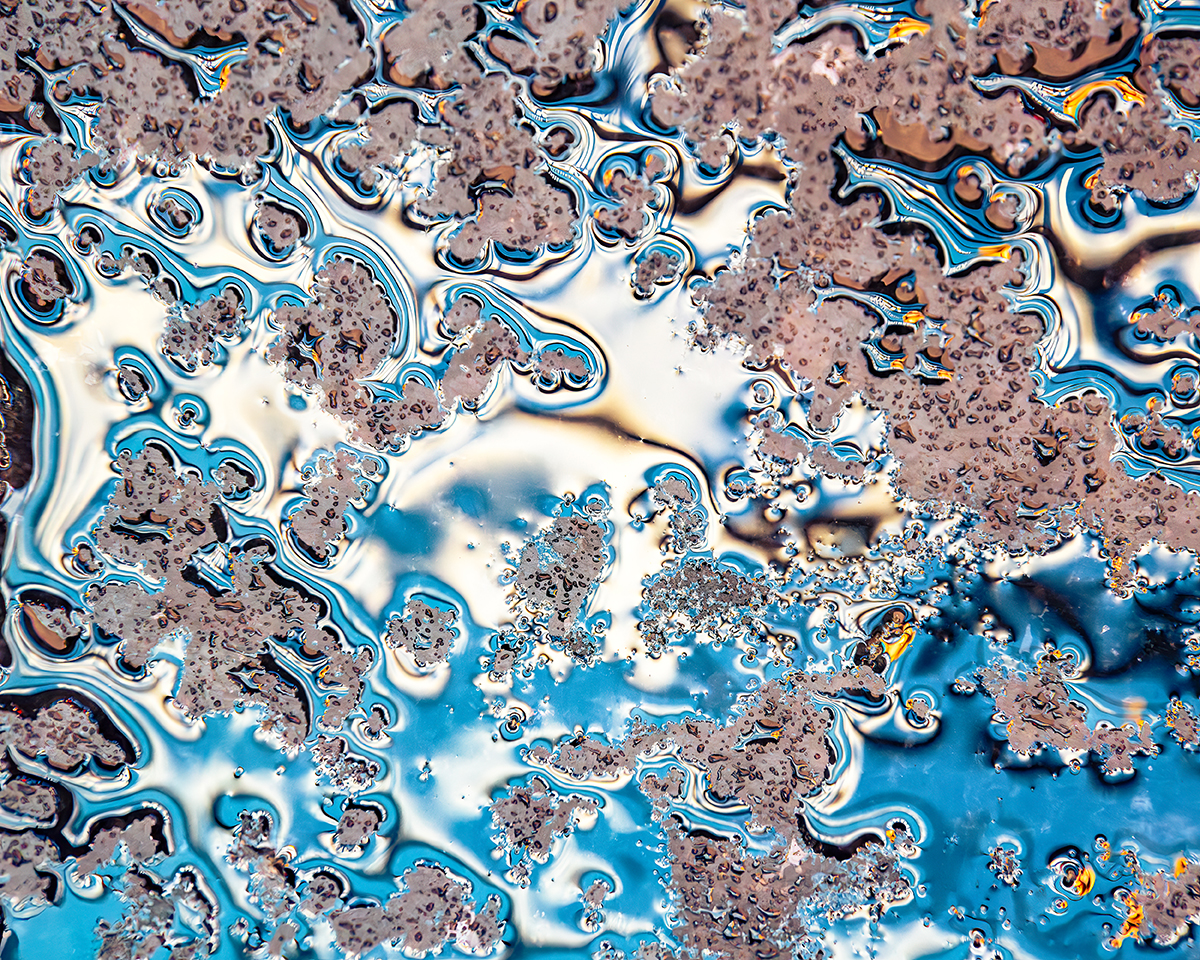Abstract photography techniques open the door to a fascinating realm of art. It’s where imagination meets lens, and the ordinary transforms into the extraordinary. This form of photography breaks away from traditional rules and invites us to see the world from a different perspective.
The Tamron 28-200mm F/2.8-5.6 Di III RXD (Model A071) zoom lens is a versatile tool for the journey of an abstract photographer. It allows us to capture abstract images in a variety of settings. Whether you’re drawn to the stark contrast of black and white, or the intricate patterns in architecture, this lens can help you achieve your vision.
In this Article, You Will Learn:
- Essential abstract photography techniques: Discover how to use long exposures, black and white conversions, and compositional strategies to create compelling abstract images.
- Leveraging the Tamron 28-200mm lens: Learn how this versatile zoom lens aids in capturing a variety of abstract shots, from wide-angle scenes to detailed close-ups, without the need to switch lenses.
- Isolating architectural elements: Understand how to use the lens’s telephoto capabilities to focus on specific shapes, patterns, and reflections in architectural subjects, enhancing your abstract compositions.
- Creative composition and perspective: Explore techniques for breaking traditional compositional rules to achieve unique and striking abstract photographs.
- Post-processing tips for abstract imagery: Gain insights into editing practices that enhance colors, contrast, and textures, transforming your photos into captivating abstract art.
These topics will equip you with the knowledge to effectively utilize the Tamron 28-200mm lens in your abstract photography endeavors.
Images by Michael Shainblum @shainblumphotography
What is Abstract Photography?
Abstract photography, also known as non-objective, experimental, or conceptual photography, is a method of expressing ideas and emotions through photographic images. It discards the traditional focus on realism, instead emphasizing the power of colors, shapes, and textures.
This genre of photography is all about creating a visual language that isn’t tied to specific objects or scenes. It’s about capturing something that isn’t immediately identifiable, yet still resonates with viewers on an emotional or intellectual level.
The Tamron 28-200mm Zoom as a Versatile Tool for Abstracts
The Tamron 28-200mm all-in-one zoom lens is a versatile tool for abstract photography. The zoom range on this lens lets you take different types of photos, like wide shots, telephoto shots and close-ups. All with one lens. No need to change lenses.
Techniques for Capturing Abstract Photography
Abstract photography is all about breaking the rules and experimenting with different techniques. Here are some techniques you can try when creating abstract images:
- Long Exposure
- Black and White
- Isolate Shapes, Colors
- Reflections
- Perspective
- Composition
These techniques can make your abstract photos stand out, turning regular subjects into amazing works of art.
TIP 1: Simplify with Long Exposure

Using a long exposure to create motion blur is a powerful tool in abstract photography. By slowing down the shutter speed, you can capture the movement of the subject matter, creating a sense of speed and dynamism.
When photographing flowing water, using a long exposure can help simplify the image by smoothing out movement. This method creates a calm and dreamy appearance. It allows viewers to focus on color and patterns that may go unnoticed in a quick photo. Experiment with different exposure times to find the balance that captures the essence of the scene while highlighting the most compelling elements.
The photographer shot this image at the base of a waterfall in Oregon. Although the waterfall was beautiful, the photographer noticed the soft sunset sky reflected in the stream pattern. The color contrast between the warm oranges and subtle blues on the left side was captivating. The photographer took the image with a slightly long exposure to help simplify the scene.
TIP 2: Abstract Photography: Black and White

Black and white can add a timeless, classic feel to your abstract photos. It can also help to emphasize shapes, lines, and textures, which are key elements in abstract photography.
Rather than avoiding the harsh shadows created by midday light, embrace light and shadow and use them to your advantage. Shadows can add depth and dimension to your images, creating interesting contrasts and leading lines.
Find interesting patterns and textures in shadows. Try different angles to create the best compositions. Work with the light, not against it, to capture unique and striking images in tough lighting conditions.
With the Tamron 28-200mm, you can capture high-contrast images that look stunning in black and white. Experiment with different lighting conditions and post-processing techniques to create striking abstract black and white photography.
The photographer captured this black and white image on the beautiful Oregon Coast, showcasing the low-tide sand patterns. It was taken during midday, a time when photographers are not typically seeking compositions. This shows that you can find amazing pictures in any lighting, you just need to look around and think creatively.
TIP 3: Isolate Abstracts in Architecture with a Telephoto Lens

Architecture is a treasure trove for abstract photography. The geometric shapes, lines, and patterns found in buildings can create stunning abstract images.
With the Tamron 28-200mm zoom, you can capture both wide-angle shots of entire buildings and close-ups of architectural elements. When photographing cityscapes or architectural details, using a telephoto lens allows you to isolate specific elements and capture unique reflections or patterns.
This approach can help you find compositions that stand out from the usual wide-angle shots we see in architecture photography. Zoom in to see small details like shadows and textures that are hard to notice from far away. This makes your pictures more interesting.
These glass windows in Manhattan were mesmerizing to shoot. The photographer used a 28-200mm lens at the long end to isolate some of the organic reflections off the building. The way the sun shimmered through created some captivating effects. Using a telephoto perspective on subjects like this can often offer unique compositions compared to typical cityscape images.
TIP 4: Harness Reflections for Unique Perspectives

When you’re taking photos in cities, look for reflections in puddles, windows, and other surfaces. These reflections can help you capture interesting and dynamic shots.
Reflections can add depth, interest, and an element of surprise to your photos. By paying attention to how light and color play off reflective surfaces, you can transform ordinary scenes into extraordinary images. Embrace the unexpected and experiment with different angles to make the most of reflective opportunities.
This photograph was shot in the heart of Times Square, with giant LED billboards reflected in a rain puddle. The different tones wrapping around the puddle’s shape were mesmerizing. This image demonstrates how creativity can enhance photography by breaking away from the usual rules and conditions.
TIP 6: Look Down for Hidden Gems
 When photographing landscapes, consider looking straight down at the ground to capture unique and often overlooked details. Utilizing the light after sunset can create a soft, warm glow that adds drama to the scene. The sky on clear days serves as a natural softbox, providing gentle, even lighting that can highlight textures and patterns in your composition. Experiment with different angles and light conditions to discover striking and unconventional shots.
When photographing landscapes, consider looking straight down at the ground to capture unique and often overlooked details. Utilizing the light after sunset can create a soft, warm glow that adds drama to the scene. The sky on clear days serves as a natural softbox, providing gentle, even lighting that can highlight textures and patterns in your composition. Experiment with different angles and light conditions to discover striking and unconventional shots.
The photographer took this photo looking straight down at some mud tiles in Death Valley National Park. The photographer used the soft, reflected light from the post-sunset sky to give the tiles a dramatic warm glow.
TIP 7: Use and Break the Rules of Composition
In abstract photography, composition is key. It’s about arranging elements within the frame to create a sense of balance and harmony.
With the Tamron 28-200mm zoom, you can experiment with different focal lengths to alter your composition. Try using the rule of thirds, symmetry, or leading lines to guide the viewer’s eye. Remember, in abstract photography, there are no rules. Feel free to break traditional compositional guidelines and create something truly unique.
TIP 8: Post-Processing Tips for Abstract Images
Post-processing is a powerful tool in abstract photography. It allows you to enhance colors, adjust contrast, and even transform your images into something entirely new.
With the Tamron 28-200mm lens, you can capture high-quality images that are perfect for post-processing. Whether you’re converting your photos to black and white, boosting saturation, or applying filters, the possibilities are endless. Remember, the goal is to create an image that evokes emotion and captures the viewer’s imagination.
The Creative Journey with the Tamron 28-200mm
In conclusion, abstract photography is a journey of exploration and creativity. The Tamron 28-200mm lens is a versatile tool that can help you capture stunning abstract art. Whether you’re new to photography or have experience, this lens supports a wide range of abstract photography techniques that can inspire new ideas and help you see the world differently. Its focal range and aperture will help you explore new perspectives and spark creativity, no matter the type of abstract images you wish to create.
Learn about the 28-200mm and more at an authorized Tamron dealer in your area or visit the TAMRON Store today.